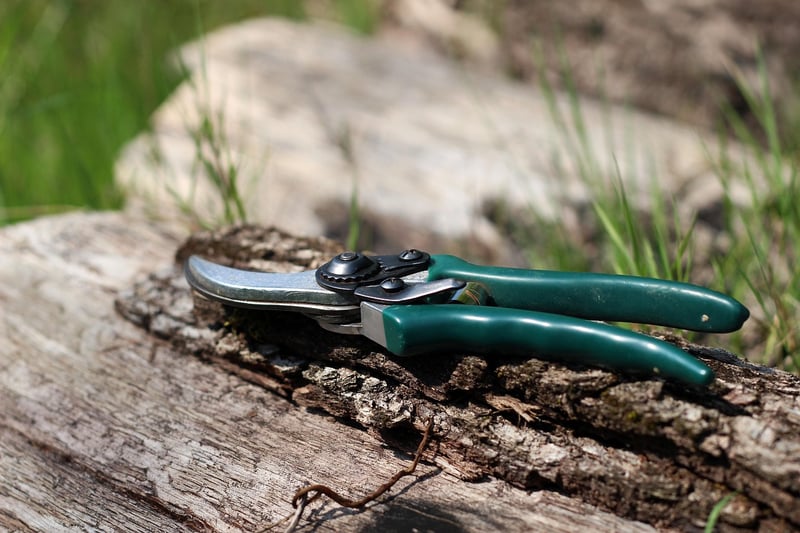Pruning Techniques
Keeping Your Garden Healthy: Essential Pruning Techniques
Welcome to our guide on maintaining a healthy garden through proper pruning techniques. Pruning plays a vital role in the overall health and appearance of your plants, promoting growth, controlling shape, and preventing diseases. Let's explore some essential pruning techniques to help you keep your garden in top shape.
1. Understand the Basics
Before you start pruning, it's essential to understand the basics. Identify the type of plants in your garden and research the best pruning practices for each specific species. Different plants require different pruning methods, so make sure to educate yourself before you begin.
2. Tools of the Trade
Invest in high-quality pruning tools to ensure clean cuts and minimize damage to your plants. Some essential tools include pruning shears for small branches, loppers for thicker branches, and pruning saws for larger limbs. Keeping your tools sharp and clean will make the pruning process more efficient.
3. Timing is Key
Knowing when to prune is crucial for the health of your plants. While some plants benefit from pruning in the dormant season, others thrive when pruned after blooming. Research the specific timing requirements for each plant to ensure you prune at the right time.
4. Remove Dead or Diseased Branches
Regularly inspect your plants for dead, damaged, or diseased branches and remove them promptly. Pruning these branches not only improves the appearance of your plants but also prevents the spread of diseases and promotes new growth.
5. Shape and Size Control
Use pruning to control the shape and size of your plants. Whether you want to encourage bushier growth or maintain a specific form, strategic pruning can help you achieve your desired look. Remember to step back and assess the plant's overall shape as you prune.
6. Avoid Over-Pruning
While pruning is beneficial, over-pruning can harm your plants. Avoid removing more than 20-30% of the plant's foliage at a time, as this can stress the plant and inhibit its growth. Take a conservative approach, especially if you are unsure about the plant's pruning needs.
7. Proper Technique
When pruning, make clean cuts close to the branch collar without leaving stubs. Cutting at an angle allows water to drain off the wound easily, reducing the risk of diseases. Additionally, disinfect your tools between plants to prevent the spread of pathogens.
Conclusion
By following these essential pruning techniques, you can ensure the health and vitality of your garden plants. Remember to research specific pruning requirements for each plant, invest in quality tools, and practice proper pruning techniques. Regular pruning not only enhances the beauty of your garden but also promotes healthy growth and longevity for your plants.
Keep your garden thriving with the right pruning techniques!

